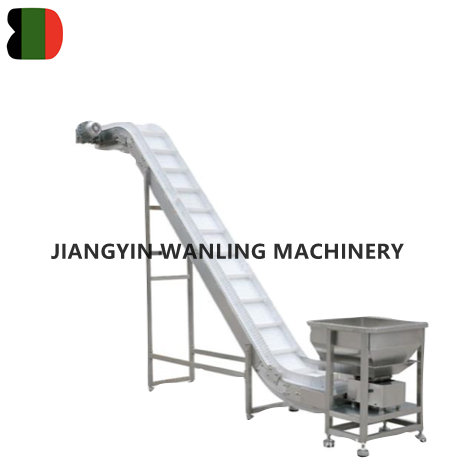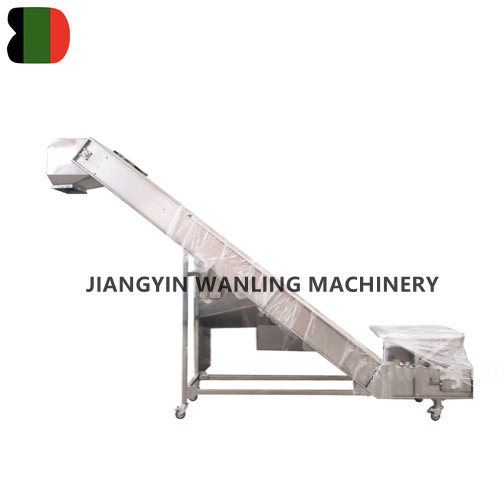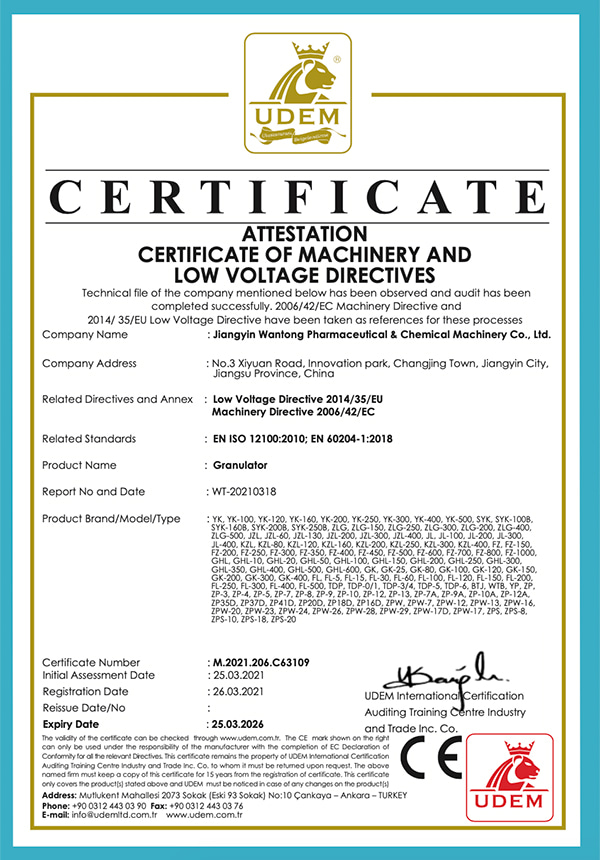Belt Conveyor Manufacturer
-

Fruit Big Material Belt Conveyor
Our fruit belt conveyor are widely used in general conveyance and packaging lines. It is made of stainless steel. -

Continusouly Chilli Belt Conveyor Conveying Machine
Preserve peak freshness and flavor in your dehydrated fruits, vegetables, herbs, and more with the innovative Continuous Belt Conveyor Dryer... -

continusouly vegetables belt conveyor conveying machine
Our vegetables belt conveyor are widely used in general conveyance and packaging lines.
Belt conveyor has strong conveying capacity, long conveying distance, simple structure and easy maintenance, and can easily implement programmed control and automated operation. The continuous or intermittent movement of conveyor belts is used to transport items below 100KG, as well as powdered and granular items. It operates at high speed, smoothly, with low noise, and can be transported uphill and downhill.
Widely used in industries such as pharmaceuticals, chemicals, and food, as well as packaging and transportation of materials.

About Us
Honor
-
 Honor
Honor -
 CE
CE
News
-
Industry News 2025-10-22
1. What a Horizontal Ribbon Mixer Is and Where It’s Used A horizontal ribbon mixer is an industrial ...
View More -
Industry News 2025-10-16
A tray dryer is a batch drying equipment widely used in the pharmaceutical, food, and chemical indus...
View More -
How does a double cone blender compare to ribbon blenders or V-blenders for industrial applications?Industry News 2025-10-09
A double cone blender has distinct advantages and limitations when compared to ribbon blenders and V...
View More -
Industry News 2025-10-01
Electric-Powered Tray Dryers Advantages: Precise and Stable Temperature ControlElectric-powered tr...
View More
Industry Knowledge Expansion
What factors contribute to the strong conveying capacity of the belt conveyor?
The strong conveying capacity of a belt conveyor can be attributed to several key factors:
Belt Width and Material: The width and material of the belt determine the amount of material it can carry. Wider belts and those made from durable materials can handle larger loads.
Motor and Drive System: A powerful motor and efficient drive system provide the necessary force to move heavy loads at a consistent speed.
Belt Speed: The speed at which the belt operates can affect the conveyor's capacity. Faster speeds can move more material per unit of time.
Incline and Decline Angles: The ability to adjust the angle of the conveyor belt (uphill or downhill) can influence the capacity, as steeper inclines may require slower speeds to prevent material rollback.
Belt Strength and Construction: The strength and construction of the belt, including the type of weave and reinforcement (e.g., polyester, nylon, or steel cords), contribute to its load-bearing capacity.
Idler Rollers and Pulley Systems: The arrangement and maintenance of idler rollers and pulleys ensure the belt runs smoothly, which is essential for efficient material handling.
Load Zone Design: An effective loading zone design minimizes material spillage and ensures that the belt is loaded evenly to maximize capacity without overloading.
Discharge System: A well-designed discharge system ensures that the material is removed smoothly and completely, preventing blockages and maintaining flow.
Conveyor Length: Longer conveyors can support higher capacities as they can accommodate more material in transit.
Safety Margins: Designing the conveyor with appropriate safety margins ensures that it can handle occasional peak loads without failure.
The powerful conveying capacity of belt conveyors is due to their well-designed structure and multiple components that operate efficiently. These features enable belt conveyors to adapt to the conveying needs of various materials and meet the high standards of industrial applications in terms of carrying capacity, conveying distance and operating efficiency.



 Español
Español
